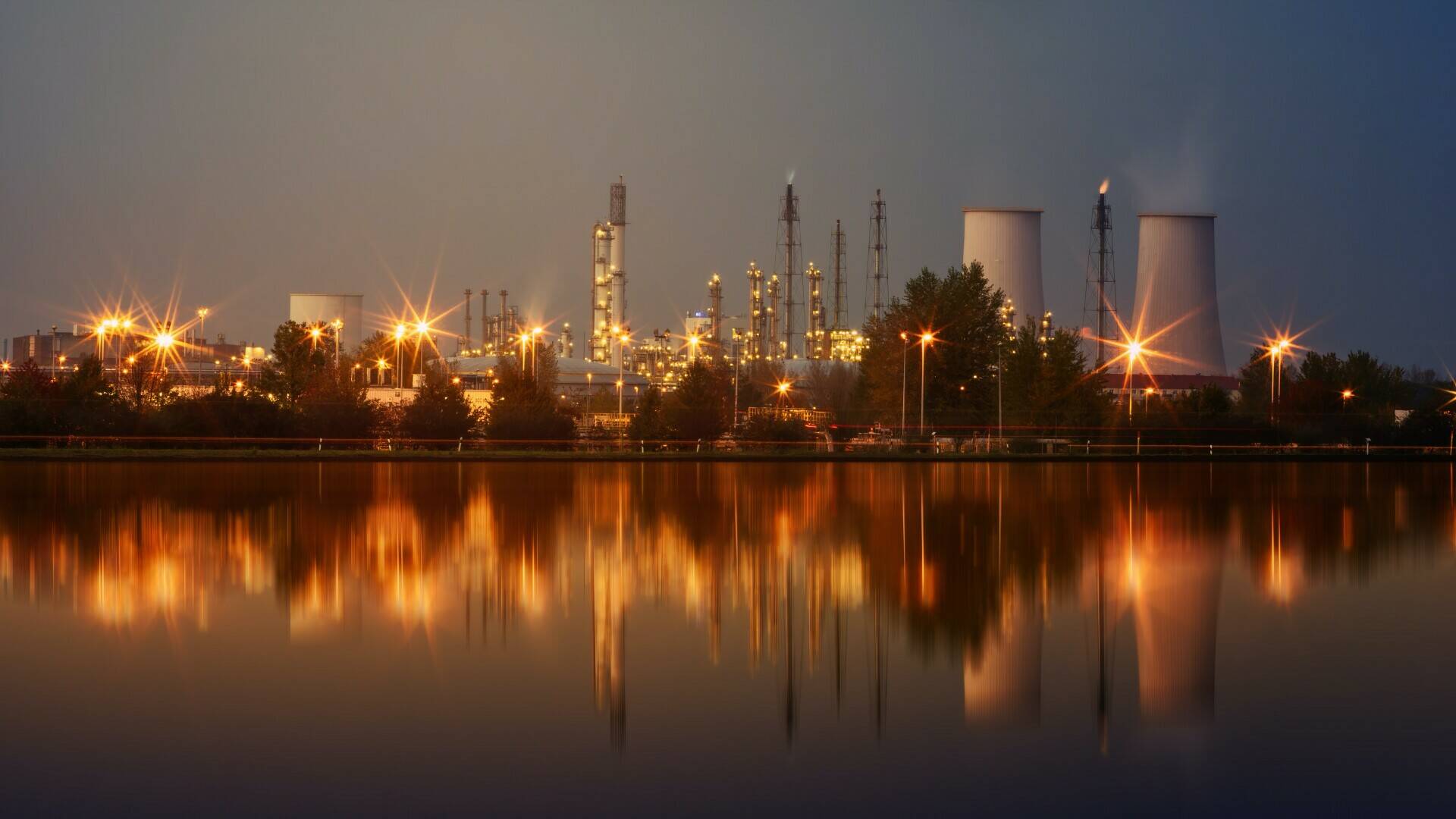Results
Solution
The business challenge

How to increase production without any space to expand into

The business challenge
Business was booming for an enzymes producer which was supplying the giants of the European food and drink market. Its products, essential to making cheese, wine, and beer were increasingly in demand. The company’s site location was physically restricted, however – with no further building work permitted. As orders grew by 40%, the company faced an existential problem – how to increase production without extra space?
Failing to meet the incoming orders was not an option. The company’s customers depended on its products for their own production. To let them down would force them to turn to another supplier – which would almost certainly not be a temporary change.
The company recognized that the only solution was to strive for productivity improvements in its existing operations. It was operating under enormous pressure as it endeavored to meet demand, and human errors occasionally affected its processes. With enzymes, even a small formulaic discrepancy can cause an entire batch to fail to meet the required standard, requiring it to be scrapped. Such events could throw the company’s entire planning schedule out of kilter.
This involved deploying data collection and visualization technology that would provide the management team with access to the most important KPIs across the site. Initially, this control tower simply allowed problems to be identified as they happened, which meant that customers could be alerted if there was ever an issue.
However, this control tower also enabled the company to optimize its processes and create a planning wheel. This has helped stabilize production levels by enabling the same cycle to be followed over four-week periods. The operating processes carried out during these cycles were determined by reviewing past productivity.
By recreating the activities followed by the company during the most productive months of the previous three years, the company was able to increase output by 12%.
From here, we turned our attention to other processes. Maintenance was carefully planned to reduce downtime and prevent any breakdowns that could cause unexpected shutdowns.
A system of continual improvement was also put in place, focusing on quality of output. To avoid tiny errors that could reduce yield or render a batch unusable, more rigid processes were put in place – alongside additional operator training – to explain why this disciplined approach was important. This had the effect of removing variations in the process and significantly reducing the number of wasted batches.
In addition to the human element of the process, advanced analytics were used to identify the other factors that could help achieve the “golden batch” – such as temperature, level of oxygen or quantity of sugar. By doing so, a productivity increase of 30% was achieved.
The control tower model remains in place and continues to provide an overview of all operations at the site.
The solution
The company asked us and our engineering partner, DB Energy, to review all areas of its energy supply and usage. Our objective was to create more flexibility in energy sourcing, in order to secure the company’s operations for the long-term – even in the event of a shortage in gas supply.
Our approach involved an initial “walkthrough” project and site inspection which evaluated the company’s systems and processes. This included its distribution, pipelines, chemical processes and water feed, as well as heat recovery from air compressors, regulators, and wastewater.
The company turned to us after which we immediately conducted a deep dive analysis of the company’s processes across the site. Over a four-week period a “control tower” system was then built, which provided a full digitalized cockpit view of operations.

Results
The results were dramatic. Within 12 months the company had increased output by 40%, and could easily meet the additional demand coming from its customers.
Within a further six months, thanks to continuous improvement and operational excellence programs, this figure reached more than 65% – providing the company with an even greater capacity for expansion.
The site, once dubbed the company’s “ugly duckling,” was transformed into a swan – and it is now held up as an exemplar for the rest of the organization.




12 months
Project duration
Europe
Location
Enzyme manufacture
Industry
This involved deploying data collection and visualization technology that would provide the management team with access to the most important KPIs across the site. Initially, this control tower simply allowed problems to be identified as they happened, which meant that customers could be alerted if there was ever an issue.
However, this control tower also enabled the company to optimize its processes and create a planning wheel. This has helped stabilize production levels by enabling the same cycle to be followed over four-week periods. The operating processes carried out during these cycles were determined by reviewing past productivity.
By recreating the activities followed by the company during the most productive months of the previous three years, the company was able to increase output by 12%.
From here, we turned our attention to other processes. Maintenance was carefully planned to reduce downtime and prevent any breakdowns that could cause unexpected shutdowns.
A system of continual improvement was also put in place, focusing on quality of output. To avoid tiny errors that could reduce yield or render a batch unusable, more rigid processes were put in place – alongside additional operator training – to explain why this disciplined approach was important. This had the effect of removing variations in the process and significantly reducing the number of wasted batches.
In addition to the human element of the process, advanced analytics were used to identify the other factors that could help achieve the “golden batch” – such as temperature, level of oxygen or quantity of sugar. By doing so, a productivity increase of 30% was achieved.
The control tower model remains in place and continues to provide an overview of all operations at the site.
The results were dramatic. Within 12 months the company had increased output by 40%, and could easily meet the additional demand coming from its customers.
Within a further six months, thanks to continuous improvement and operational excellence programs, this figure reached more than 65% – providing the company with an even greater capacity for expansion.
The site, once dubbed the company’s “ugly duckling,” was transformed into a swan – and it is now held up as an exemplar for the rest of the organization.
Results



The company asked us and our engineering partner, DB Energy, to review all areas of its energy supply and usage. Our objective was to create more flexibility in energy sourcing, in order to secure the company’s operations for the long-term – even in the event of a shortage in gas supply.
Our approach involved an initial “walkthrough” project and site inspection which evaluated the company’s systems and processes. This included its distribution, pipelines, chemical processes and water feed, as well as heat recovery from air compressors, regulators, and wastewater.
The company turned to us after which we immediately conducted a deep dive analysis of the company’s processes across the site. Over a four-week period a “control tower” system was then built, which provided a full digitalized cockpit view of operations.
The solution
The business challenge



12 months
Project duration
Europe
Location
Enzyme manufacture
Industry
Business was booming for an enzymes producer which was supplying the giants of the European food and drink market. Its products, essential to making cheese, wine, and beer were increasingly in demand. The company’s site location was physically restricted, however – with no further building work permitted. As orders grew by 40%, the company faced an existential problem – how to increase production without extra space?
Failing to meet the incoming orders was not an option. The company’s customers depended on its products for their own production. To let them down would force them to turn to another supplier – which would almost certainly not be a temporary change.
The company recognized that the only solution was to strive for productivity improvements in its existing operations. It was operating under enormous pressure as it endeavored to meet demand, and human errors occasionally affected its processes. With enzymes, even a small formulaic discrepancy can cause an entire batch to fail to meet the required standard, requiring it to be scrapped. Such events could throw the company’s entire planning schedule out of kilter.
How to increase production without any space to expand into

